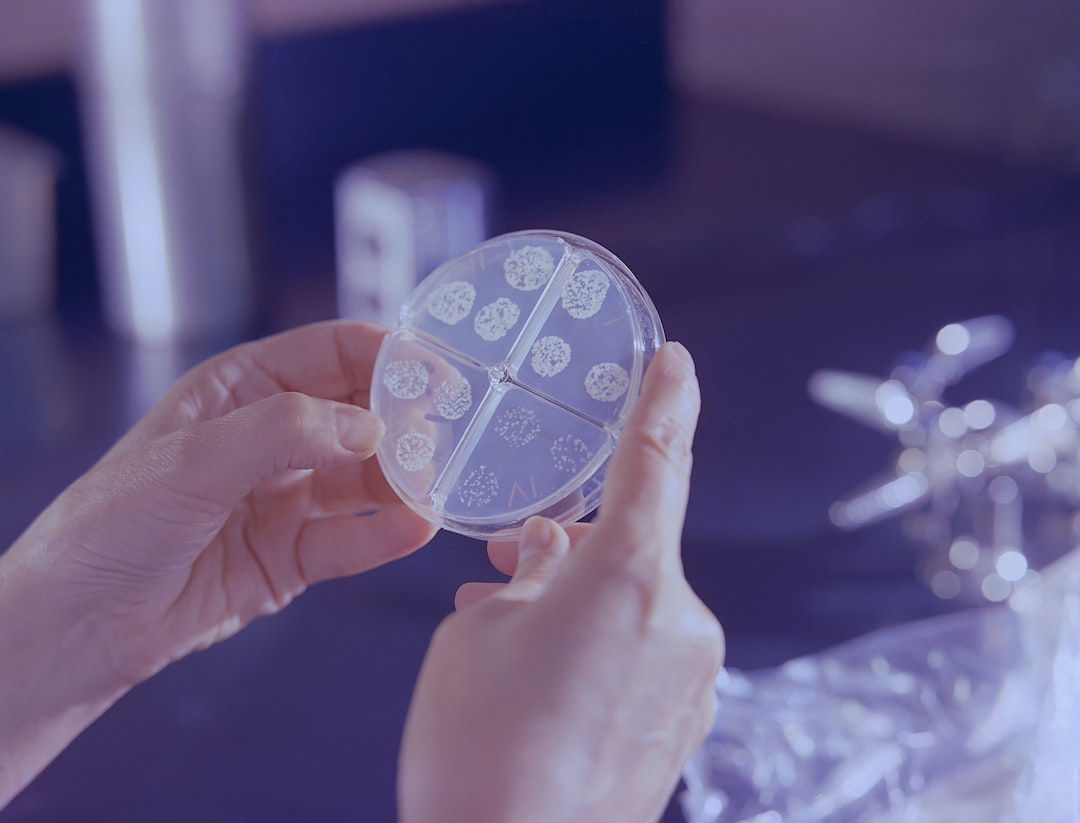What is it about?
"Mary Poppins" was firstly written in 1934 and she has been loved by many readers since then. Until 1964, the film produced by Walt Disney portrayed Mary as a kind of angelic, but firm, personality. This annoyed pretty much not only to the author herself, but also to some of her die-hard fans of the novel. This study contrasts the author's description of Mary to that of the film version through an analysis of fictional worlds created by any readers.
Featured Image

Photo by Gabriele Stravinskaite on Unsplash
Why is it important?
This is the study that focuses on readerly experience and attempts to explain why it causes different perceptions between the reading and the seeing. There has been discussions related to the contradictory characterization of Mary Poppins, played by Julie Andrews, and the perception gained from the original novel. This study provides linguistic evidence to show that the differences are not only at the story level, but at the language related to our psychological expression.
Perspectives
Writing this article is like a full circle, as Disney's "Mary Poppins" was the first movie that I have watched since I was a kid. Reading the novel later in the adolescent years inevitably triggered lots of contradictions and confusion. As opposed to the operatic Mary in the film, I found that she appeared to be darker and more distant in the novel, and I have always wondered why they were different. Using linguistic tools, 35 years later, to understand readerly experience can help me crack the code in due course, and I hope that you find this article useful when you come across contrastive interpretations from any reading activity.
Kriangkrai Vathanalaoha
Thammasat University
Read the Original
This page is a summary of: Spatialisation of Text Worlds: Contrastive Interpretations in P.L. Travers’s Mary Poppins, Manusya Journal of Humanities, December 2022, Brill,
DOI: 10.1163/26659077-25010018.
You can read the full text:
Resources
Contributors
The following have contributed to this page










